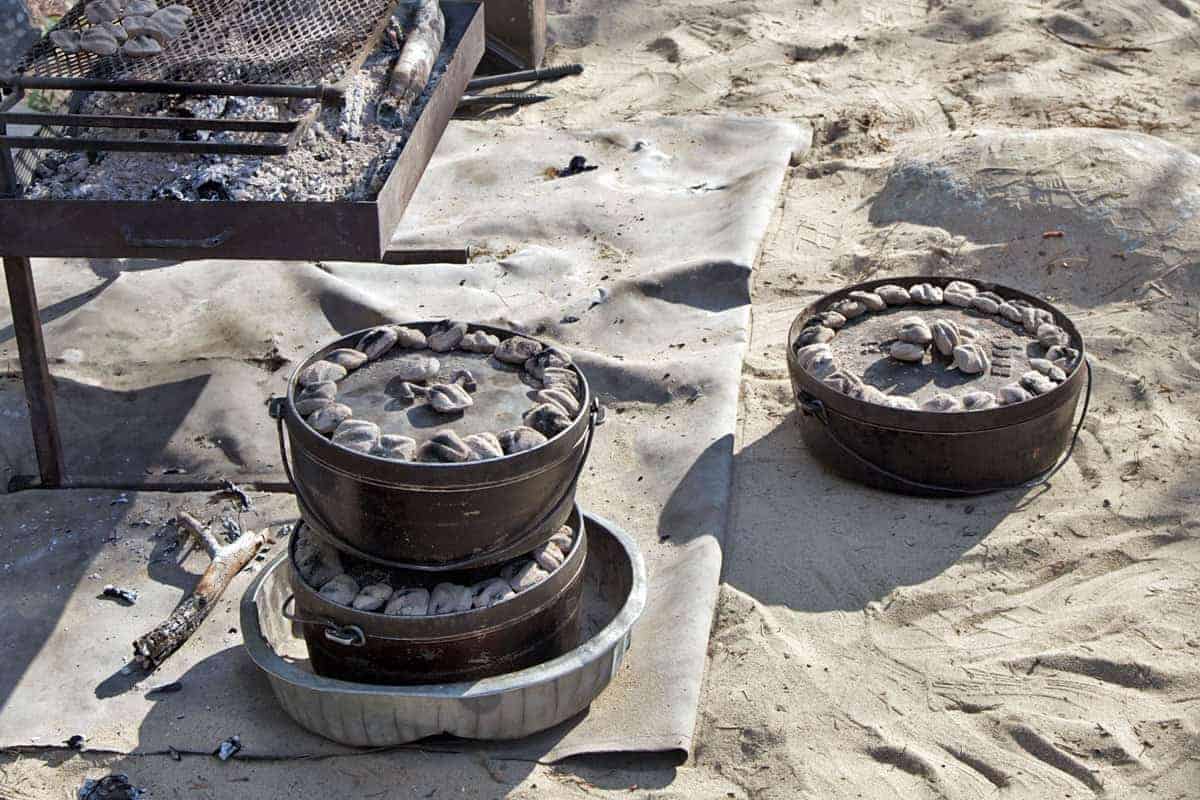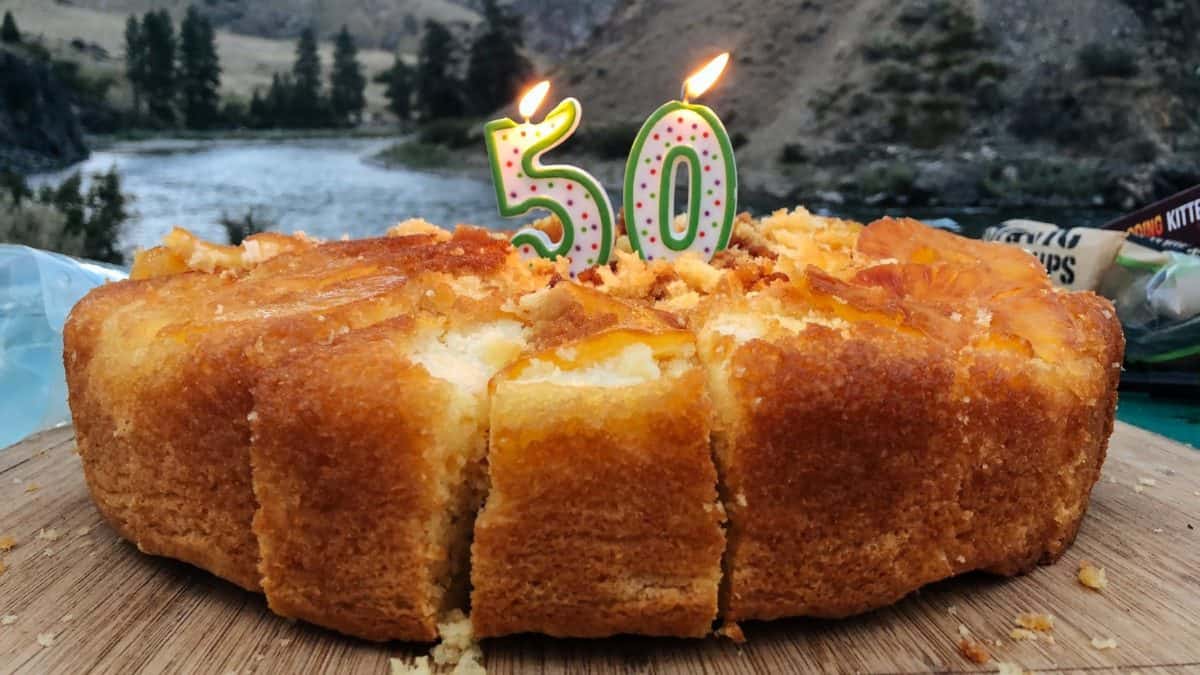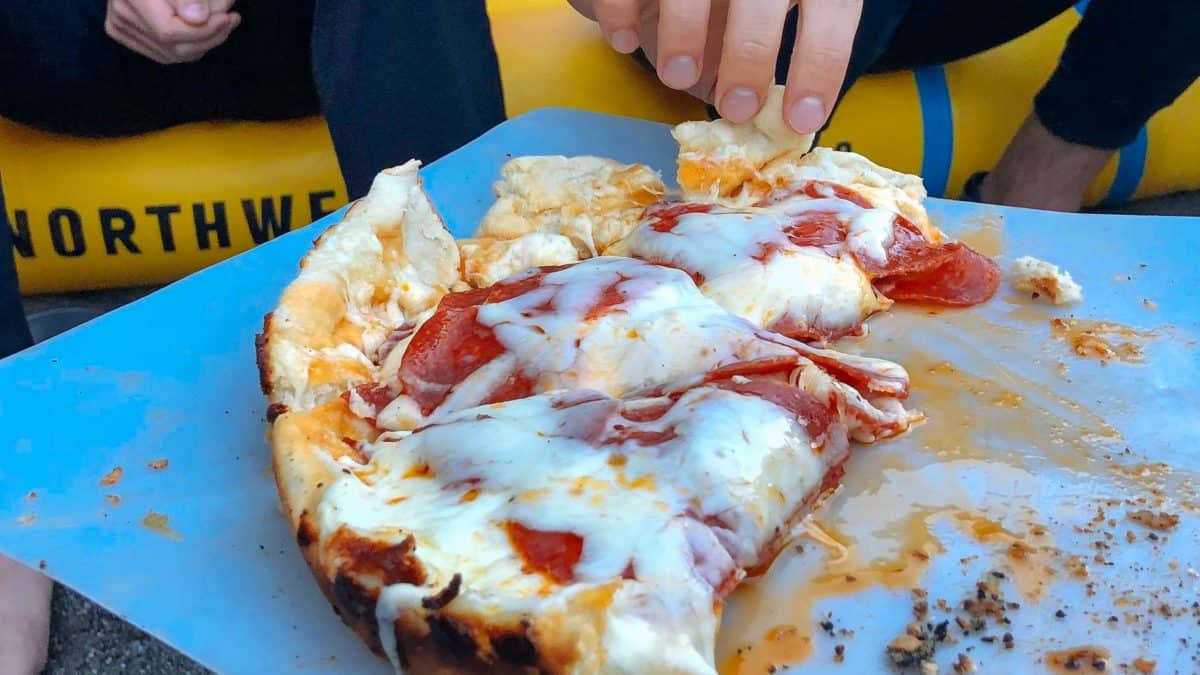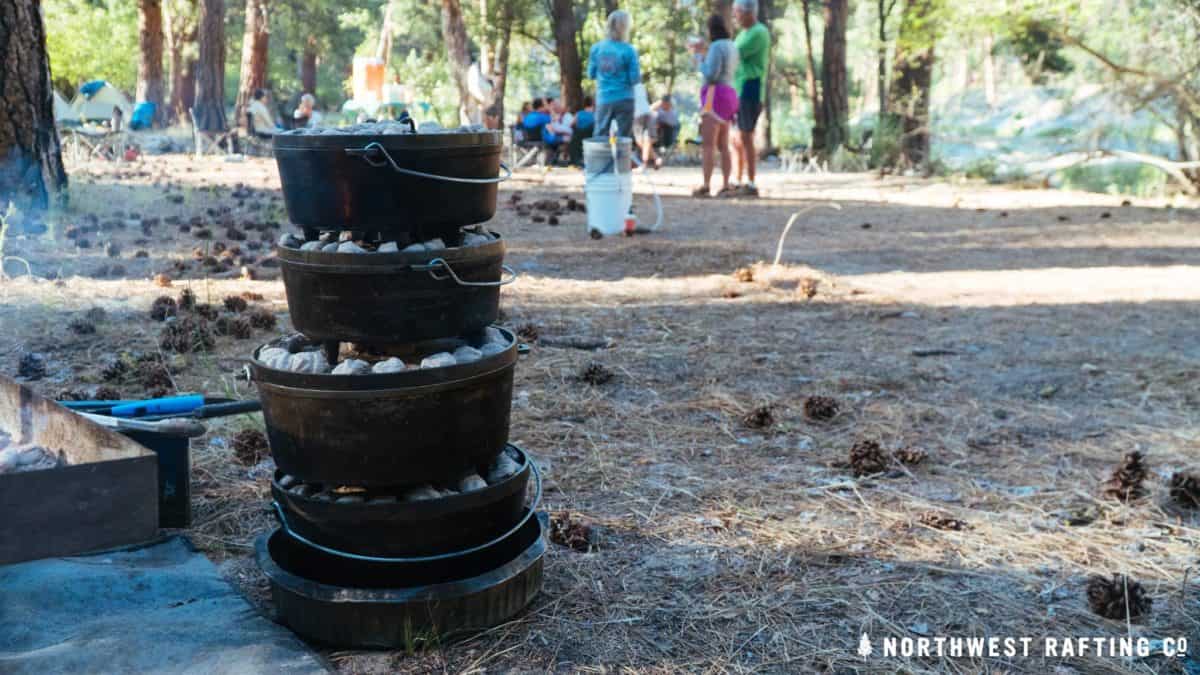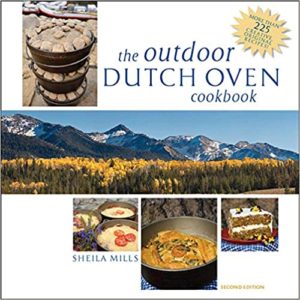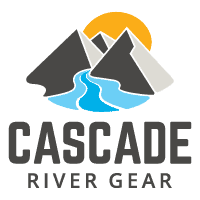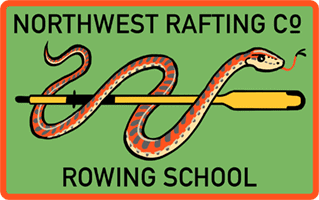Cast Iron Dutch Oven Cooking
Cast iron dutch ovens are a common cooking tool in a camp kitchen. You can use them to create delicious meals that will have people on your trip wondering "How could you possibly have made this all the way out HERE??" If you would like to learn to impress your friends with your dutch oven cooking skills, read on.
What can you use a dutch oven for?
A cast iron dutch oven is an extremely versatile cooking tool to add to your camp kitchen. Dutch ovens can be used:
All these uses make the dutch oven a one-stop shop for your rafting kitchen needs.
Why is cooking in a dutch oven better?
Cast iron dutch ovens make camp cooking easy. They are more durable than most other cookware, so they can be bounced around in a drybox all day and come out no worse for wear. On large rafting trips, I personally prefer a cast iron dutch oven to a frying pan for sauteing veggies and making sauces. The high walls make it easy to cook large quantities of food without spilling. They will also keep your food warm long after a traditional frying pan would have cooled down.
On a rafting trip, a dutch oven is the only way to bake those delicious desserts that everyone loves! Pretty much anything that can be baked in a traditional oven can also be done in a dutch oven.
What can you cook in a dutch oven camping?
Dutch oven meals are anything that needs to be baked. For breakfast, you can make cinnamon rolls or a french toast casserole. These tasty treats are sure to start the day off right, especially if your trip has a lot of kids. If you want to get really fancy for lunch on a layover day, I've done a slow cooked pork shoulder for pulled pork sandwiches. For dinner, there are a ton of options, including:
Pretty much any recipe that you make in your oven at home can be adapted to a cast iron dutch oven!
Dutch ovens really shine at making camp dessert. Some of our favorites are:
How much charcoal do you use in a dutch oven?
There are many schools of thought when it comes to how many coals to use when cooking with a cast iron dutch oven. People will tell you that a certain number of coals means a certain temperature, but that's not always the case. Conditions like wind, cook time, and outside temperature make a big difference in the temperature of your dutch. I like to start with the 3 over/3 under approach and modify from there. For this approach, you put three more coals than the diameter of the dutch on top, and three less than the diameter on bottom.
A 12 inch dutch would have 15 coals evenly spaced on top, and 9 evenly spaced on the bottom. In perfect conditions, this is approximately 350 degrees.
If it's windy or cold out, you'll need to add more coals. As the coals burn, they lose heat, so if you have a long cook time you need to either start with more coals or be prepared to add more as your first batch goes out.
The more you bake with dutch ovens, the better you'll get at knowing how many coals to use. Soon, you'll be doing advanced things like stacking!
How do I clean a cast iron dutch oven?
When cleaning a cast iron dutch oven, the most important thing is to NEVER use soap or bleach. Soap kills the oils in cast iron, which is what makes them non-stick and helps with flavor. In general, clean it the same way you would any other dish, but without soap or bleach. If you have food burnt onto the dutch, you can use steel wool or some other metal dish scraper to help scrape it clean. Once you have all the food out, dry the dutch completely and then use a paper towel to spread a layer of olive or vegetable oil on the inside. This helps prevent rusting as well as keep your cast iron dutch oven well oiled.
Comment below with your favorite cast iron dutch oven recipe!
